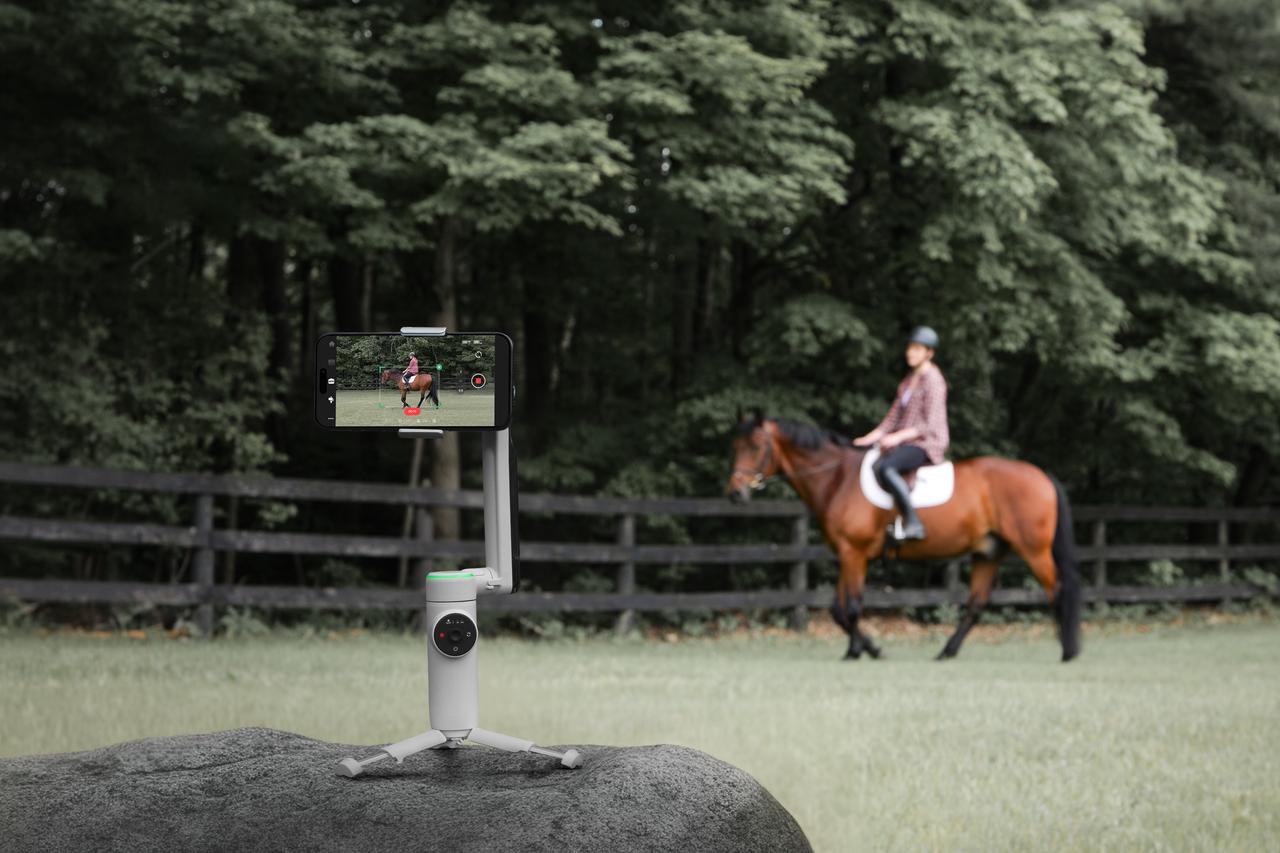Strap on your helmet, fire up your bike, and hit the road!
As thrilling as motorcycle riding can be, it also comes with real risks. But technology now allows us to add a level of protection and capture the adventures. That's why you need a motorcycle dashcam!
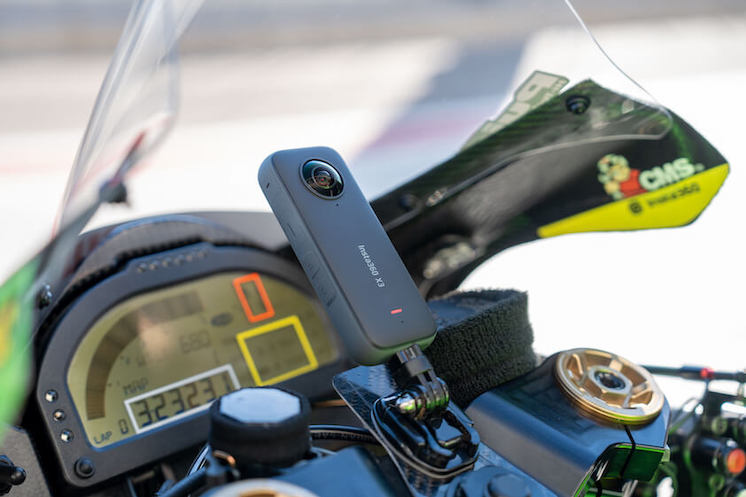
In this complete guide, we'll explore dashcams to help you decide if adding one to your bike is worthwhile.
Do You Really Need a Motorcycle Dashcam?
A motorcycle dashcam provides vital evidence if the worst happens. But is it worth it? Let's weigh the pros and cons.
Pros of Motorcycle Dashcam
- Critical crash evidence: Footage documents exactly what occurred in an accident to protect you during insurance claims or legal action. It also prevents others from falsely blaming you if they're at fault.
- Protection from aggressive drivers: Video documentation of road rage incidents helps authorities hold dangerous motorists accountable. The awareness of being filmed tends to calm most antagonistic drivers.
- Possible insurance discounts: Some insurers offer lower rates to responsible riders using dashcams. Always ask your provider about potential savings.
- Performance feedback: Recording your rides allows you to critically analyze your technique. Identify areas for improvement and track your progress.
- Exciting videos: Relive epic rides, stunning scenery, and motorcycle trips with a permanent visual record. They're great for social media, too!
Cons of Motorcycle Dashcam
Of course, it's not all an open highway. There are a few drawbacks to using a motorcycle dashcam:
- Costs add up: Quality motorbike dashcams range from $100 to $400. It's smart to invest in a large SD card with ample storage, which will increase the cost.
- Proper installation takes time: Physically wiring and positioning your camera securely on your bike takes effort. Doing it right the first time is essential!
- Distracting: Obsessively checking your dashcam while riding detracts focus from the road. Try to set it and forget it.
So, are the benefits worth the access costs and extra setup? For most riders, the sense of security and evidence for protection on the chaotic roads make motorcycle dashcams a wise choice.
Let's explore different types to find the right one for your bike and budget.
Common Types of Motorbike Dashcams
Motorcycle dashcams come in all shapes and sizes. Matching the right camera design to your riding needs and style is important. Here are the most common types available:
Single-Lens Dashcams
This basic dashcam format uses one forward-facing camera, similar to models made for cars. They're simple and affordable but with a limited viewing angle. No need to wire multiple cameras, just ensure the lone lens provides a wide enough field of view for motorcycle speeds and lean angles.
Dual-Lens Dashcams
Want to cover both ahead and behind you? Dual-lens dashcams have separate front and rear cameras. The rear camera is essential if you ever need evidence of cars tailgating or rear-end collisions. Installation takes more time and care since you must cleanly wire both cameras back to your bike's central electrical system. Plus, more lenses = higher cost. But dual cameras provide complete 360-degree coverage around your motorcycle.
360-Degree Dashcams
Take full surround footage to the max with a 360º dashcam. These advanced cameras capture every angle simultaneously, with no blind spots. Installation takes planning to position the 360º camera appropriately, and the footage normally requires specialized software to view and edit. The extremely wide angles capture extraneous footage that needs cropping later, but you'll never miss a thing! They're especially great for scenic group rides to make sure everyone's in the shot.
Helmet Cameras
Forget mounting cameras to your bike. Helmet cams attach directly to your helmet for point-of-view footage showing exactly what you see. These compact cameras are easy to operate, but battery life is limited, so you'll need to recharge frequently. Image quality is also relatively low compared to more robust dashcams. Great for occasional quick clips, but not a complete dashcam solution.
Action Cameras
Popular for extreme sports, compact action cameras like Insta360 cameras work as motorcycle dashcams, too. They're smaller and more flexible to mount in more convenient places, and they often have sturdy, waterproof designs that hold up in all conditions. Some dashcam-specific features might be missing, so make sure it covers everything you need from your dashcam before going down this road. When used properly, they also deliver great HD footage to look back on.
Let's look at two motorcycle dashcam options from Insta360 that combine rugged build quality, weather resistance, long battery life, and stellar video capabilities.
Insta360 X3
Immersive 5.7K 360° Video
Right away, it's clear X3 is an exceptional dashcam for motorcycles thanks to its 5.7K 360º video capture. That means incredibly sharp, vivid footage with no missing details around your bike. The 360º perspective is perfect for scenic group rides and tracking all the action.
Crisp 4K Wide-Angle Shots
When you want a forward-facing perspective, X3's Single-Lens Mode delivers 4K clarity up to 30fps. Capturing ultra-wide first-person POVs is no problem.
Steady Footage in All Conditions
Industry-leading image stabilization, FlowState Stabilization, produces pro-level smoothness by compensating for vibration and bumps in real time. 360º Horizon Lock keeps footage steady even while leaning hard through curvy canyons. On rough terrain or bumpy roads, footage stays smooth and steady—like having a gimbal on your bike!
Rugged Build
With waterproofing to 33ft (10m) without a dive case, X3 can handle getting soaked in a downpour or taking roosts in the dirt. This action cam is built to survive life on the road.
Massive Touchscreen
The rear 2-inch touchscreen allows easy access to all controls. Tweak settings, frame shots, and review footage without taking off your gloves.
Loop Recording
Turn your X3 into a dashcam with Loop Recording! Loop Recording mode allows you to set a loop duration between 1 and 30 minutes. After recording the specified duration, the earliest recorded content will be deleted and seamlessly overwritten. The camera's storage won't fill up while you wait, and you'll only have the best bit at the end. It's perfect for moments, like motorcycling, when you're not sure when something will happen.
Long Battery Life
With up to 80 minutes of usage per charge, you can record longer rides without interrupting to recharge. Swapping batteries mid-day extends filming time even more.
Flexible Mounting
Insta360 X3 has a whole range of accessories that give you more freedom to mount your camera wherever you want. For third-person shots, mount the Invisible Selfie Stick to your tail or handlebars. From a real rider's perspective, the Helmet Mount Bundle lets you choose whether to mount X3 on, under or at the side of your helmet. The Chest Strap is comfortable and adjustable for easy first-person POVs. If you're looking for creative ways to mount up X3, check this out.
Intuitive App
The best part about filming in 360º? You can perfect your video after your ride. With easy reframing tools, connect wirelessly to the Insta360 app for simplified reframing, editing, sharing and more. Quickly find important moments in your 360 footage with AI editing software, or add amazing effects that take your videos to the next level!
Insta360 Ace Pro
Insta360 Ace Pro cinematic quality with innovative features specialized for life on two wheels. It's purpose-built from the ground up to thrive when mounted as a dashcam on your motorcycle.
Low Light Image Quality
Insta360 Ace Pro captures crisp footage even in dim lighting thanks to its huge 1/1.3" sensor, Leica lens and 5nm AI Chip. PureVideo means crisp, clean night rides with less digital noise. It also shoots immersive 4K120fps slow-mo footage, perfect for some cinematic B-roll.
Easier Control
Insta360 Ace Pro has a 2.4" flip touchscreen that you can easily adjust. It lets you quickly glance down to check your framing and settings when you need your eyes on the road. The GPS Preview Remote lets you preview shots, adjust settings, and control your cam—all from your wrist! It has a high-speed connection for real-time preview and even vibrates, so you know when it's recording.
Auto Dash and Loop Recording
A simple plug-and-play operation that turns Insta360 Ace Pro into a motorbike dashcam! Turn on 'Charge and Record' in 'Power-on Charging', then plug Insta360 Ace Pro into a power source (like your bike). It automatically starts recording when you start riding and stops when you power down. We recommend Loop Recording: it overwrites old footage by saving only the last fixed-length segment, so you only keep the good stuff.
Rugged and Waterproof
Waterproof to 33ft (10m) and with rugged construction, Insta360 Ace Pro thrives in wet weather and withstands drops, dirt, and vibration. FlowState Stabilization smooths out bumps and shakes with advanced stabilization, rivaling larger action cameras. Horizon Lock keeps videos perfectly level through any twist and turn.
Integrated with Motorcycle Helmet Headsets
Insta360 Ace Pro is integrated with top motorcycle helmet headsets from Sena, Cardo and more. They paid directly with the helmet intercom via Bluetooth, so motorcyclists can add recorded audio from the headset into footage without needing external adapters. Voice Control can also control the camera by speaking directly into the headset. Fast, clear connection and hands-free control! Insta360 cameras are also integrated with Garmin devices and Apple watches, so motorcyclists can pull accurate data like speed, GPS and route from their device and add it to Insta360 footage when they export.
Smarter Shooting
Shout a command to control the camera hands-free with Voice Control, or use Gesture Control to signal when to start/stop recording without having to stop and remove your helmet and gloves. AI Highlights Assistant scans your footage to automatically create share-ready highlights reels and edits. Quickly pause and resume shooting in the same file during uneventful stretches to save storage space, or quickly cancel a recording if something didn't go to plan so you only have the best shots to look through! For riders seeking an uncomplicated but high-performance dashcam, it's tough to beat Insta360 Ace Pro, designed specifically with motorcyclists in mind.
Insta360 Ace Pro has a dedicated Motorcycle Kit (US$534), including everything you need to mount up and hit the road. Learn more about why Insta360 Ace Pro is perfect for motorcyclists and motovloggers here.
FAQ
Where should you mount your motorcycle dashcam?
The prime mounting location for forward-facing dashcams is the center on the front of your bike above the headlight. Here, the camera has a clear vantage of the road ahead without obscuring your vision. Place the camera on the windscreen, headlight housing, or custom fork mount so it sits level at eye height. Test different adhesive or temporary mount positions to optimize the angle, capturing your cockpit and forward road view.
For dual-lens cameras, mount the rear unit on the tail section with a view straight back. Run the rear camera wiring under seat panels and neatly across the bike frame to reach the front camera wiring. Avoid dangling wires and secure them with adhesive cable guides. Test the rearview before permanent installation.
How to select the right motorcycle dashcam?
- Video Quality: Look for maximum resolutions of 1080p, 1440p or 4K based on your budget. Ensure the sensor is at least 1/2 inch or, ideally, larger. More megapixels mean sharper images.
- Field of View: Aim for 140 degrees or more to capture your periphery. 180+ degrees is ideal for full road coverage on a bike.
- Low Light Ability: Larger sensors excel when light dims. Also, look for night or low light modes that increase exposure automatically.
- Waterproofing Rating: IP67 or above ensures the cam withstands riding in rain or water splashes.
- Durability: Damage resistance is a must. Metal exteriors, Gorilla Glass lenses, and shock absorption offer protection.
- Battery Life: Maximum usage per charge should be at least 60 to 90 minutes minimum.
- Storage Capacity: Look for high-capacity microSD card support, like 512GB, for maximum loop recording.
- Mounting: Easy and secure mounting options like adhesive or magnetic matter.
- Price: Expect to invest $200+ for a quality motorcycle dashcam with all the right features.
Your Turn!
The best motorcycle dashcams might surprise you. Designed specifically to excel on two wheels, Insta360 X3 and Insta360 Ace Pro come out as the winners. Their stabilization, rugged builds, long battery life, great video quality and easy usability make motorcycle dashcam duties a breeze. And capturing thrilling footage of your wildest rides is just plain fun!
Keen to keep up to date on Insta360 stories? Keep an eye on our blog and sign up for our mailing list.
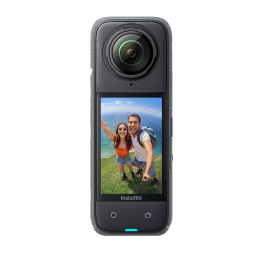
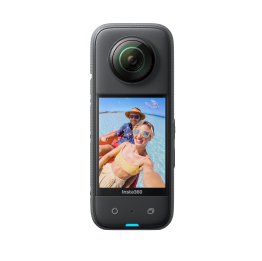
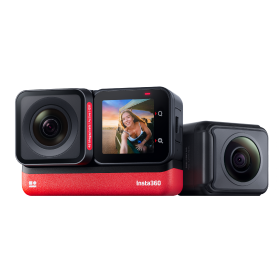


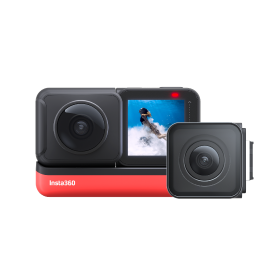
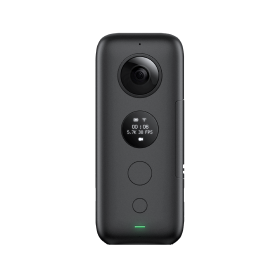

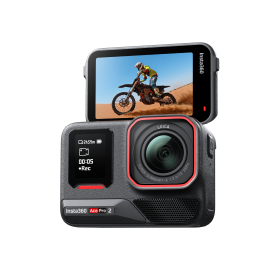
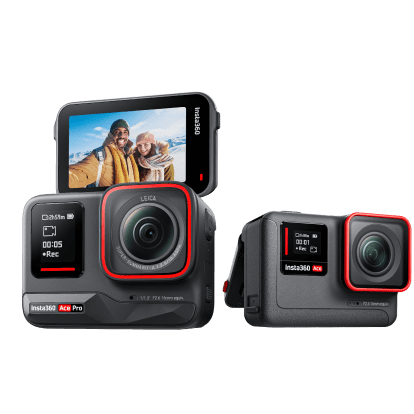
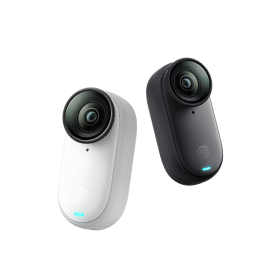
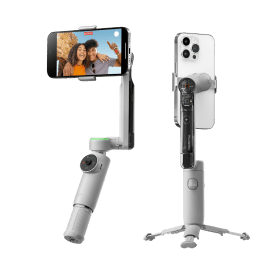


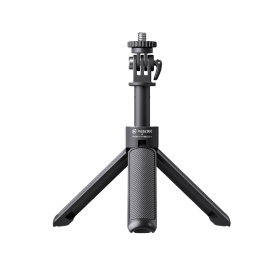



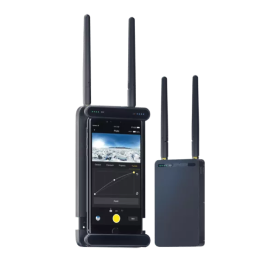



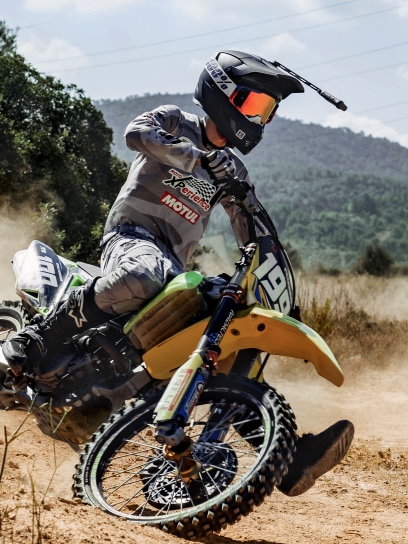
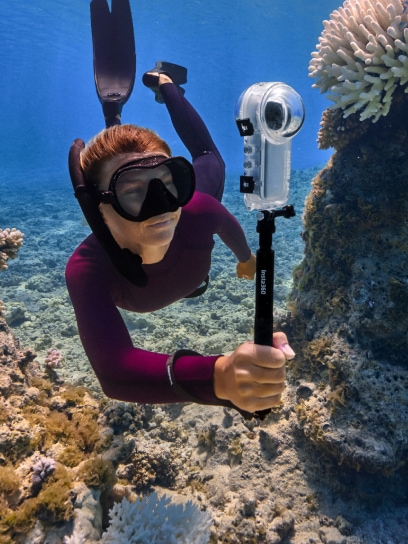
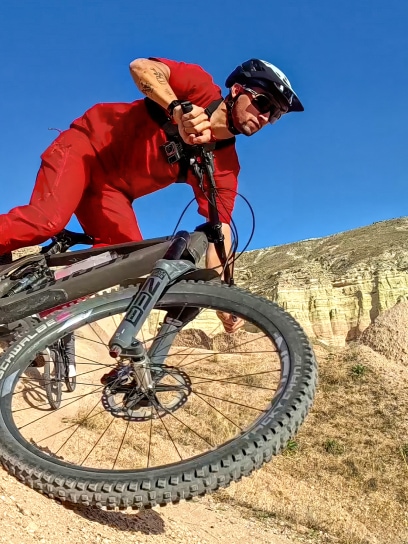
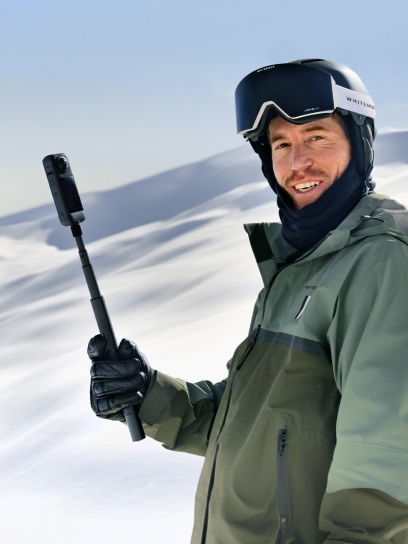

.jpeg)
.jpg)
